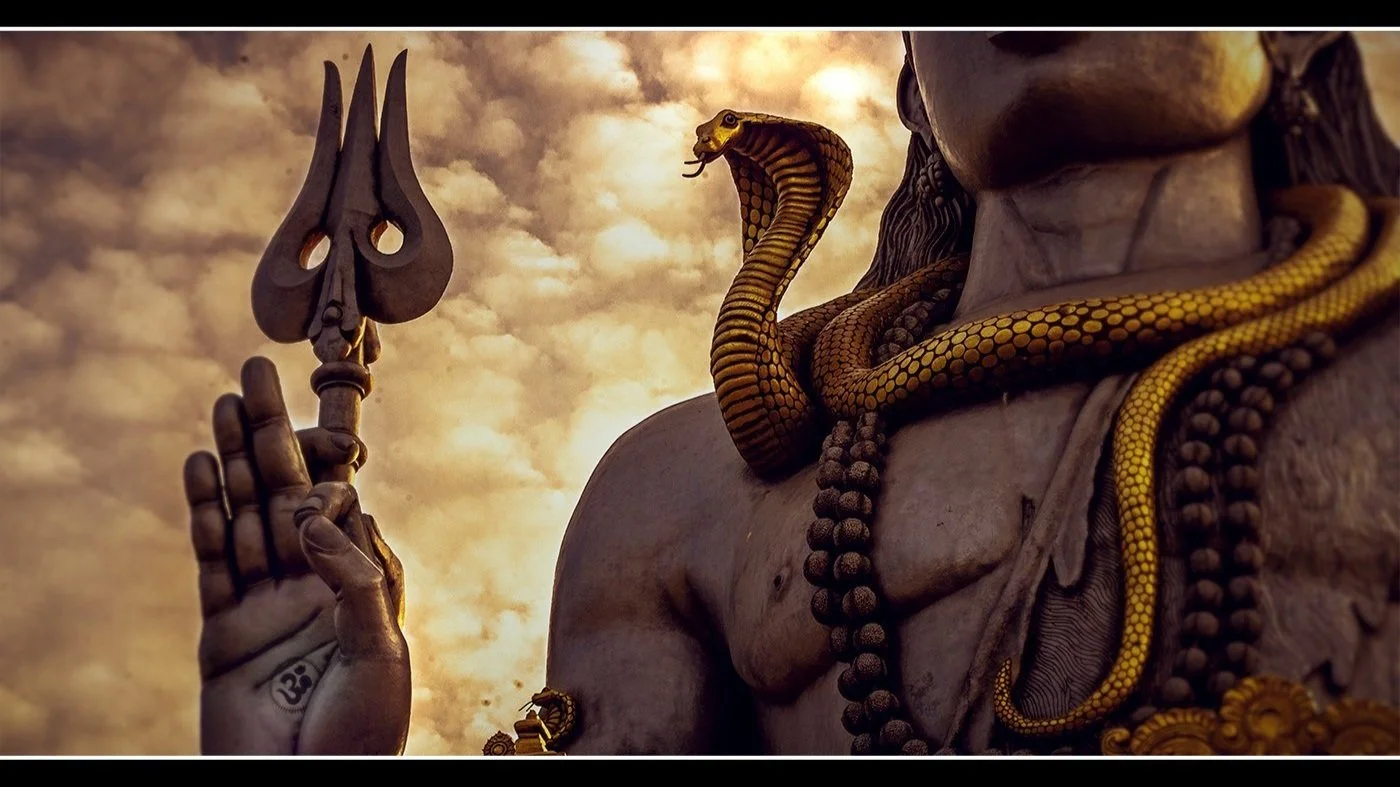Tantrik philosophy in a nutshell! ~ Chapter One of Abhinavagupta’s “The Essence of the Tantras" in a fresh, readable translation.
Whatever god you worship, you’re really worshipping Awareness (TA 1 cont'd)
The Essence of Tantra: Introduction
Near Enemy #4: Be in the present moment
How Tantrik Ritual Works (TA 1 cont’d)
What distinguishes Tantra?
Many who believe that Tantra is mainly about sex found justification for their belief in the publication of a book called Kiss of the Yogini: "Tantric Sex" in its South Asian Contexts. This short post, drawn from my PhD dissertation, seeks to show how deeply problematic that book is, and offers a three-point definition of what distinguishes Tantra from other forms of Asian spirituality.
The Blossoming of Innate Awareness
Near Enemy #2: Speaking your truth
Near Enemy #3: I want to be my best self
Near Enemy #10: You create your own reality
Near Enemy #6: Love yourself
Near Enemy #12: Negative energy
Near Enemy #5: Listen to your heart
On the Importance of Truth in the Spiritual Life
Tantrik Shaiva Philosophy in Context
Expanding the Center
Embodied Liberation: the goal of Tantrik Yoga
This extraordinary sutra teaches the goal of Tantrik Yoga—and of every nondual path—here called jīvanmukti or 'embodied liberation', and offers a beautiful definition of that goal: "jīvanmukti is defined as the natural freedom that arises for one who has recognized her own essence-nature when the entire mass of bondage melts away yet she continues to care for the prāṇas of the body."
Attaining Your Innate Power
The Fire Within
Awareness, like a fire, ‘devours’ all things; that is to say, it is that inner space in which all experienced things converge, and in which all experiences are dissolved and ultimately resolved. Since all beings exhibit that capacity at least partially, we know that all beings are forms of that same divine Consciousness which has the capacity to 'devour' all things.
And then there is a turn . . .
Chapter Thirteen of the Recognition Sutras is the pivot point of the text; what came before describes the process by which transindividual Awareness (aka Divine Consciousness) contracts into the form of a deluded and suffering human being, while what comes after describes the process by which such a being realizes his or her nature as that unbounded Consciousness.
























